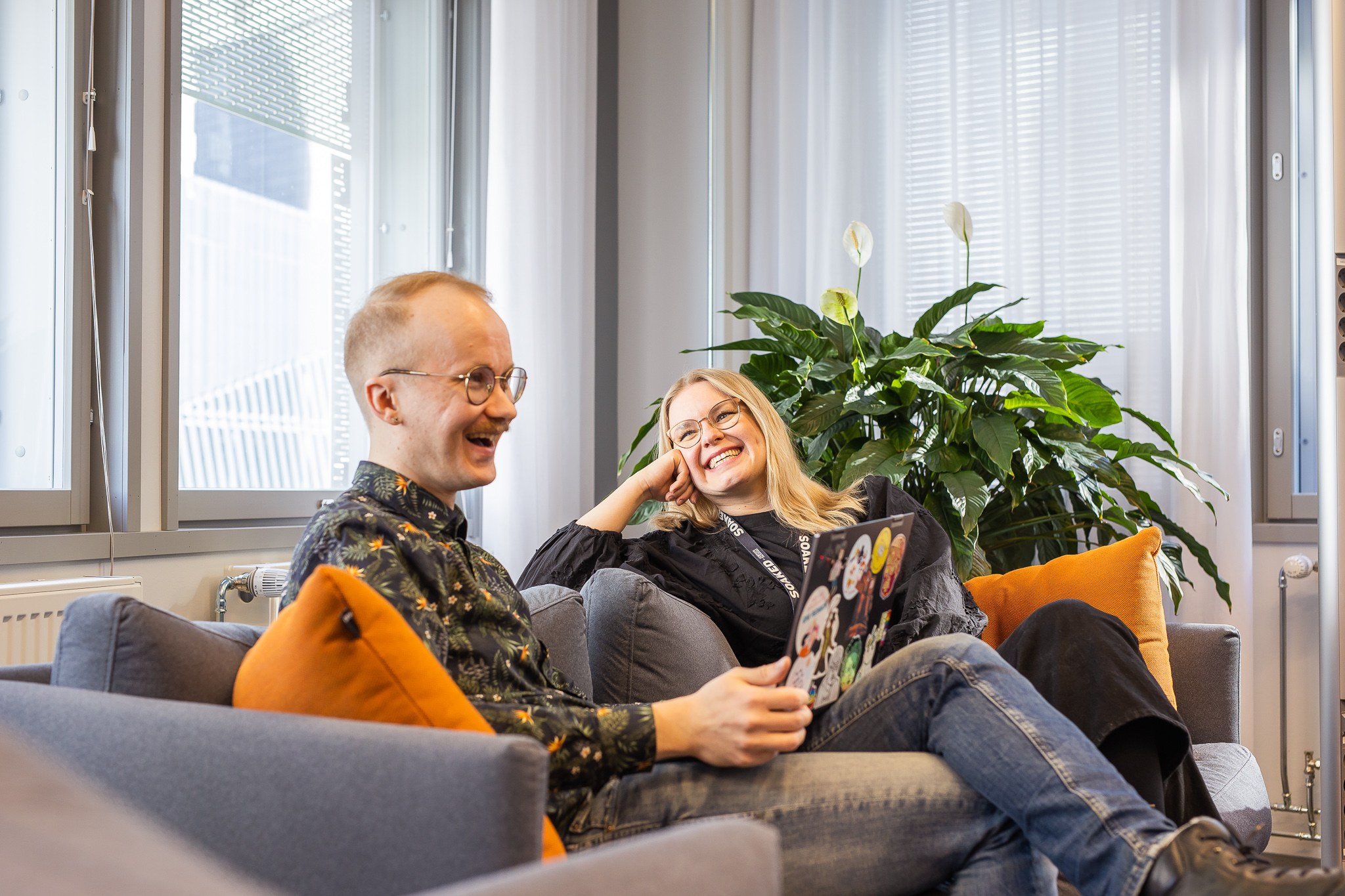Innovations in communications and artificial intelligence are fast changing the ways in which we learn and interact with one another. Paper is disappearing from our homes and offices, automation is gradually replacing repetitive and dangerous tasks, and people are becoming ever more connected and empowered through the use of the internet.
It wasn’t always this way
New technologies are often based on the cumulative effort and discoveries of many individuals and organisations, all trying to push the boundaries. These projects dare to be different. They innovate.
As a species, innovation is what drives us forward. This began with humans learning to use tools. We kept refining materials and resources, just as we continue to do so today. In its elementary form, innovation is about solving a problem in a new way. It’s about forward thinking — staying ahead of the curve. Many of the most successful products and services in existence were fuelled by innovative thinking, and it’s made some people a lot of money along the way!
Innovation sounds great right? Well, there is a darker side that’s less talked about — failure. Failure is an inherent risk associated with innovation. This can put many off the idea of trying something different or new. It can be unsettling for anyone, dealing with so many unknowns. Will it work? Will people use it? What happens if it fails? In large organisations, innovation culture tends to be dictated by senior management. There are some organisations with entrepreneurial cultures, encouraging new ideas to develop and ‘fail fast’. At the other end of the spectrum, however, there are organisations that encourage a risk-averse culture, with ‘red tape’ in place to avoid any unnecessary risks. Although the latter organisations reduce the risk of a failing project, they’re potentially opening themselves up to a much larger risk — getting left behind.

Without innovation, we’re stuck with ‘good enough’
As technology progresses, so do our capabilities. We need to take risks to move forward. Without risks, we merely stagnate, proclaiming that what already exists is ‘good enough’. We’re left patching up old problems, working around issues instead of having the courage and ambition to find a better solution. In time, products and services will move on, and risk-averse organisations are left wondering why there’s no longer a market for what they’re offering. Innovative companies almost certainly have the edge in this respect. Fortunately, it is possible to mitigate some of the risk involved with innovation — simply by doing your research.
At the end of the day, your customers will be the ones who are going use your product. Therefore, you should always involve your customers in the design and implementation of your products and services. To be confident that an idea is worth pursuing, it’s important to understand whether there is an actual need for it, whether users are able to use it, and perhaps most importantly, whether the product or service provides a good experience for the user. User experience design is a very useful way of understanding customers, allowing you to build novel solutions, whilst also considering the needs and desires of users. With a strong knowledge of your users, new products and services are far more likely to succeed.
Stop stagnating. Start innovating. Listen to your users, and start delivering brilliant new solutions.


